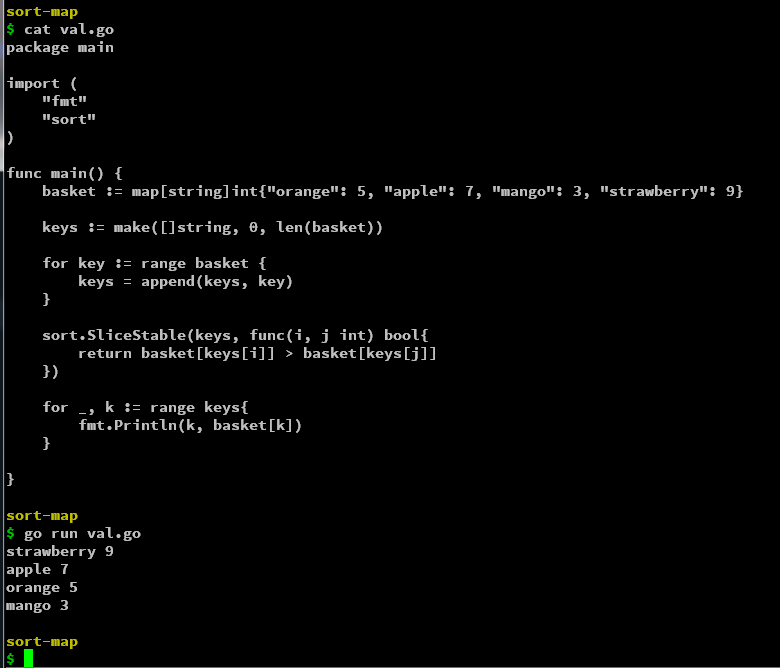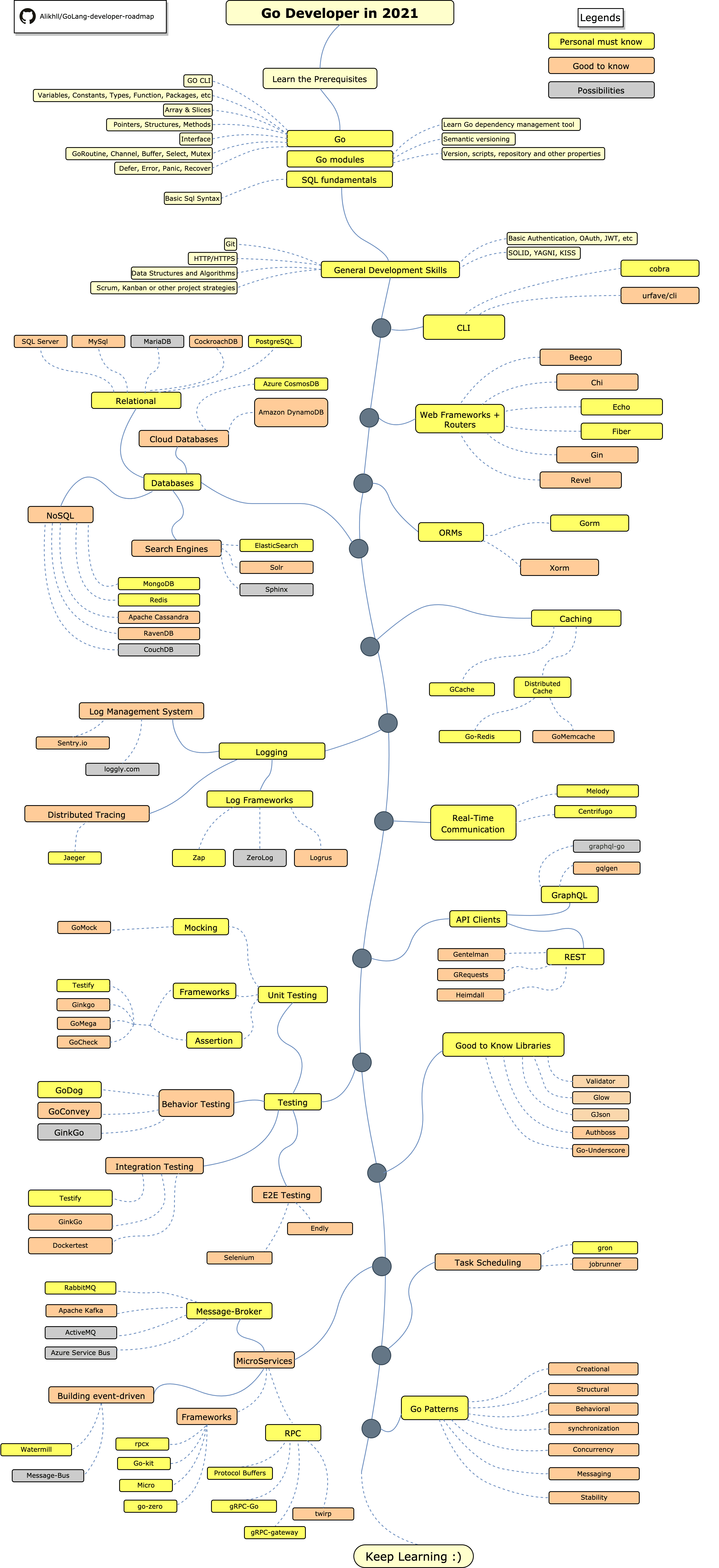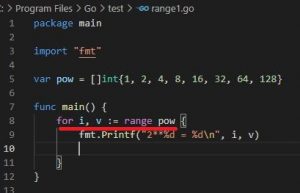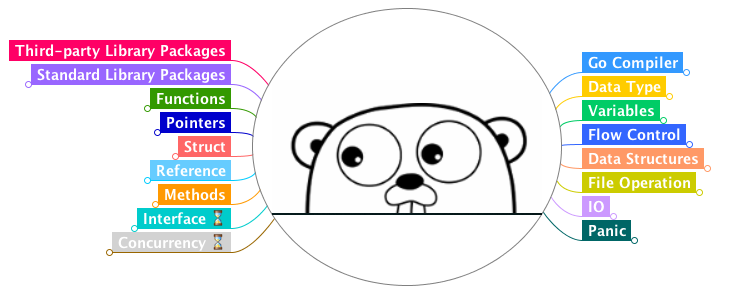Map Append Golang. Overview Package builtin provides documentation for Go's predeclared identifiers. A nil map is equivalent to an empty map except that elements can't be added. The documentation of the built-in package describes append. func append(s []T, vs. The default zero value of a map is nil. Index Constants Variables func append (slice []Type, elems. The first parameter s of append is a slice of type T, and the rest are T values to append to the slice.

Map Append Golang. Maps are currently implemented using hash tables, which are very efficient data structures for storing and retrieving key/value pairs. The resulting value of append is a slice containing all the elements of the. In addition to arrays and slices, which are ordered lists, Go also has a built-in map type, which is an associative set of key/value pairs. I basically want to check if the key-value is present in the map, if so then i want to append the array of the map and insert the value. Merging two maps in Go is a common use case and there are multiple possible approaches depending on your requirements. Go provides a built-in map type that implements a hash table. Map Append Golang.
It can store in key-value pairs and doesn't allow for duplicate keys.
A nil map is equivalent to an empty map except that elements can't be added.
Map Append Golang. Go provides a built-in map type that implements a hash table. The items documented here are not actually in package builtin but their descriptions here allow godoc to present documentation for the language's special identifiers. The resulting value of append is a slice containing all the elements of the. Maps are currently implemented using hash tables, which are very efficient data structures for storing and retrieving key/value pairs. Now, we will learn how the Go programming language implements maps. A map is constructed by using the keyword map followed by the key data type in square brackets [ ], followed by the value data type.
Map Append Golang.










